Mutual wins a priority in Chinese ties
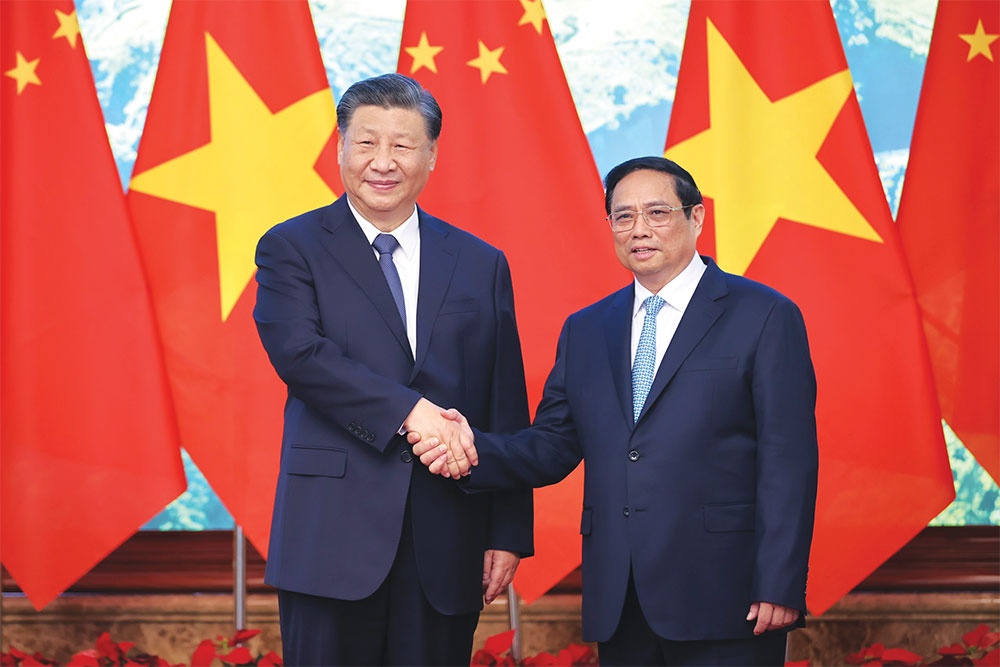 |
| General Secretary of the Communist Party of China’s Central Committee and President Xi Jinping (left) met with Vietnamese Prime Minister Pham Minh Chinh, photo Duc Thanh |
At last week’s two-day state visit to Vietnam by Xi Jinping in his dual capacity as General Secretary of the Communist Party of China’s Central Committee and Chinese President, General Secretary of the Communist Party of Vietnam’s Central Committee Nguyen Phu Trong told him at the bilateral talks that Vietnam considered its ties with China as a prime priority and a strategic choice.
In response, General Secretary and President Xi Jinping declared that China’s Party, government, and people highly attach importance to relations with Vietnam. He also said that China persistently supports Vietnam’s construction of socialism and its prosperous development.
With achievements reaped from their Comprehensive Strategic Cooperative Partnership over the past 15 years, both sides have reached consensus in building the Vietnam-China community with a shared future that embraces strategic significance in line with the UN Charter and international laws, and based on mutually beneficial cooperation and respect for independence, sovereignty, and territorial integrity.
Following these directions, both sides have agreed to continuously strengthen political trust and raise exchanges between senior leaders of the two parties and countries. The two sides agreed to strengthen defence and security cooperation more substantially, becoming one of the pillars of bilateral relations, while also agreeing to continue promoting economic, trade and investment cooperation in a more sustainable manner.
After the talks, both leaders witnessed the signing of 36 cooperation documents involving the two sides, covering more than 30 sectors such as belt and road cooperation, border inspections and quarantine, development cooperation, the digital economy, green development, transportation, local cooperation, national defence-security, and maritime cooperation.
Pushing up trade and investment
Currently, both countries are creating better conditions for Chinese businesses to invest and operate in Vietnam, removing customs bottlenecks impeding two-way trade, increased market access for Vietnamese agricultural exports, and infrastructure to support aviation, land, and rail transport.
Last week, both nations agreed to boost cross-border standard railway connectivity, and study construction of a standard Lao Cai-Hanoi-Haiphong railway system, and also study the same system for the Dong Dang to Hanoi and Mong Cai-Halong-Haiphong railways at a suitable time.
Vietnam and China have also encouraged both countries’ enterprises to strengthen cooperation in road infrastructure, bridges, railway, clean electricity, telecommunication, and logistics.
During a bilateral meeting in Beijing in June, Chinese Premier Li Qiang told PM Pham Minh Chinh that China will further open its market for Vietnamese goods, especially high-quality agricultural and aquatic products and fruits. He said that China will also coordinate in creating improvements for quarantine and customs clearance, and stands ready to work together with Vietnam to address obstacles related to institutions and policies.
PM Qiang also suggested the two countries strengthen strategic connectivity, particularly in infrastructure and transport; promote cooperation in economy, trade, and investment in the sectors of production, manufacturing, and agriculture; as well as boosting cooperation in fostering supply and production chains.
Especially, PM Qiang said the Chinese government encourages Chinese companies and groups, especially big ones with high technology, to expand investment in Vietnam in line with the Southeast Asian nation’s demand and sustainable development strategy.
Currently, the top exports of
China to Vietnam are integrated circuits, telephones, sound recordings, electric batteries, and other knitted or crocheted fabrics. Meanwhile, key imports of China from Vietnam include agricultural products, sound recordings, integrated circuits, broadcasting accessories, office machine parts, and non-retail pure cotton yarn.
PM Chinh in June also met with leaders of many Chinese groups including Texhong International Group, Runergy, Energy China, Goertek, and TCL, among others. They said that their groups will increase operations in Vietnam.
For example, chairman of the Board of Texhong International Group Hong Tianzhu said this group is seeking new opportunities in Vietnam’s textile and garment sector.
Texhong has invested over $1.6 billion in Vietnam since 2006, establishing 12 textile and apparel projects in Dong Nai, Quang Ninh, and Thai Binh provinces, creating employment opportunities for over 25,000 workers.
Since early 2023, many Chinese businesses, especially those that have an ability to enter deeply into the global supply chains, have increased their investment exploration activities in northern provinces of Vietnam, said a statement from Vietnam’s Ministry of Foreign Affairs released over a week ago.
For example, Wingtech, China’s largest assembler of smartphones, has pledged to continue its investment survey and investment into Phu Tho province. Goertek Group has recently invested in another new $280 million project and expanded another existing project in Bac Ninh province. BYD, which is China’s largest e-vehicle manufacturer, has recently invested $269 million into building a factory to manufacture automobile spare parts in Phu Tho.
According to the Vietnamese Ministry of Planning and Investment, cumulatively as of November 20, Vietnam had over 4,160 Chinese valid ventures registered at over $27 billion, making China its sixth-largest foreign investor. In the January-November 20 period, China ranked fourth in Vietnam’s list of foreign investors, with total newly registered and newly added capital and capital contributions and stake acquisitions of $3.96 billion.
Bilateral trade between Vietnam and China hit $175.6 billion last year, accounting for approximately 24 per cent of Vietnam’s total import-export turnover. In the first 10 months of this year, the figure reached $139.2 billion, with Vietnam’s exports to China hitting $49.4 billion, up 4.7 per cent on-year, and imports from China reaching $89.8 billion, down 10.1 per cent on-year.
Upgrading trade deal
Meanwhile, Vietnam is hoping that the ASEAN-China Free Trade Area (ACFTA), which is now under negotiations for an upgrade, will also help it expand trade and investment ties with China.
At present, ministers from ASEAN member states and China are boosting negotiations of a new version of the ACFTA. The first round of negotiations began in April.
According to the ASEAN Secretariat, the upgrade will focus on the digital economy, green economy, non-tariff measures, consumer protection issues, and micro, small, and medium-sized enterprises, as well as the rearrangement of chapter structure of the agreement.
“We expect the agreement to better benefit the people of both sides. At present, more than 90 per cent of commodities already enjoy zero tariff treatment between China and ASEAN, effectively enhancing business efficiency, social employment and incomes,” said Hou Yanqi, the Chinese Ambassador to ASEAN.
“The new version of the ACFTA will further reduce tariffs, regulate measures in customs, inspections, and quarantine, and enhance trade and investment liberalisation and facilitation. It will also better protect the rights and interests of consumers on both sides, promote the development of smaller businesses, and create more jobs. The more efficient and smooth flow of economic factors within the region will eventually create a high-quality life that each of us can truly enjoy,” Yanqi added.
| Nguyen Minh Vu, deputy Minister of Foreign Affairs
Vietnam and China have many similarities: they share a border, are two socialist countries led by the communist party, have traditional friendly relations, and have increasingly closely linked interests. Therefore, both countries attach importance to relations with each other, and they determine relations as the priority direction in each country’s foreign relations. Since the two sides forged their Comprehensive Strategic Cooperative Partnership in 2008, the relationship between the two parties and two countries has developed increasingly in a substantive, firm, and comprehensive manner in all fields. The two nations’ political relations have developed strongly, with the enhancement of exchanges at high levels and at all levels. Leaders of the two countries regularly meet closely. Among them, there have been many high-level visits marking important milestones in the relationship between the two countries, most recently the historic visit to China by General Secretary of the Communist Party of Vietnam’s Central Committee Nguyen Phu Trong in October 2022, and now this hallmark visit to Vietnam by General Secretary of the Communist Party of China’s Central Committee and Chinese President Xi Jinping. What is more, the two nations’ economic, trade, and investment cooperation is increasingly deepening. China has been Vietnam’s largest trading partner for 20 years in a row, and currently Vietnam is China’s largest trading partner in ASEAN, and China’s fourth-largest trading partner in the world. Bilateral trade turnover increased nine times from $20 billion in 2008 to nearly $175.6 billion in 2022, and $139.2 billion in the first 10 months of 2023. Over the past 15 years, Chinese investment in Vietnam increased by more than 10 times from a cumulative sum of $2 billion in 2008 to over $27 billion now. In 2023 so far, China has risen to the sixth place among countries and territories investing in Vietnam. What is more, the people-to-people exchanges and cooperation between localities of both countries are vibrant, achieving many practical results. To date, nearly 60 Vietnamese provinces and cities have established friendly cooperative relations with Chinese localities. Unions, socio-political organisations, and localities of both sides have established and periodically organised many cooperation mechanisms and programmes. The two sides have also achieved much in building the Vietnam-China land border of peace, friendship, and cooperation, contributing to the socioeconomic development of border localities in both nations. Vietnam and China have also been making efforts to maintain negotiations and strengthen cooperation, and work with relevant parties to control disagreements and manage differences in accordance with the provisions of international law, including the United Nations Convention on the Law of the Sea issued in 1982, contributing to ensuring peace and stability in the East Sea and the wider region. |
| The two sides agree to apply practical measures to expand the scale of bilateral trade in a balanced and sustainable direction, while promoting the role of the Regional Comprehensive Economic Partnership and the ASEAN-China Free Trade Area; strengthening cooperation on platforms such as China International Import Expo, China-ASEAN Expo, and Canton Fair; and expanding the export of strong products from one country to another. The two sides agree to strengthen cooperation in the field of standardisation, ensuring harmonisation of standards for goods and products of Vietnam and China, especially agricultural products, while creating new advantages for bilateral trade cooperation. The Chinese side will actively promote the market opening process for Vietnamese agricultural products such as fresh coconuts, frozen fruit products, sectioned fruits, avocados, custard apples, rose-apples, and medicinal herbs with botanical origin, buffalo meat, beef, pork, products from cattle and poultry meat. The Vietnamese side will actively promote the import of Chinese sturgeon, and increase exchanges between professional organisations of the two sides, and promote the healthy development of related industries of the two countries. The two sides agree to apply effective measures to ensure a smooth supply chain of goods for production and consumption between the two countries and in the wider region. It is necessary to improve customs clearance efficiency and promote pilot construction of smart border gates at specialised roads for transporting goods. The two countries will reasonably distribute import and export goods at border gates, ensuring the smooth operation of key border gates. The two sides agree to actively promote the role of the Vietnam-China Trade Facilitation Working Group, continuing to exploit bilateral trade potential. They will also promote the implementation of the MoU between Vietnam’s Ministry of Industry and Trade and China’s Ministry of Commerce on strengthening the security of the Vietnam-China goods supply chain. The two sides also agree to promote the role of the E-commerce Cooperation Working Group. The Chinese side supports the opening of the Vietnamese Consulate General in Chongqing, and the Vietnam trade promotion offices in Chongqing and Hangzhou to promote an active role in economic and trade cooperation between the two countries. China stands ready to continue to create better conditions for Vietnam to soon open more trade promotion offices in relevant localities in China. Both sides support the local governments of the two countries to establish a working coordination mechanism, especially localities with relatively large economic scale and population; and jointly organise trade and investment promotion activities to tap into the potential and strengths of each side, creating new growth drivers for economic, trade, and investment cooperation between the two countries. The two sides also continue to support their respective railway enterprises to strengthen cooperation to improve the efficiency of Vietnamese goods transiting in China. Excerpt from Vietnam-China joint statement, December 13, 2023 |
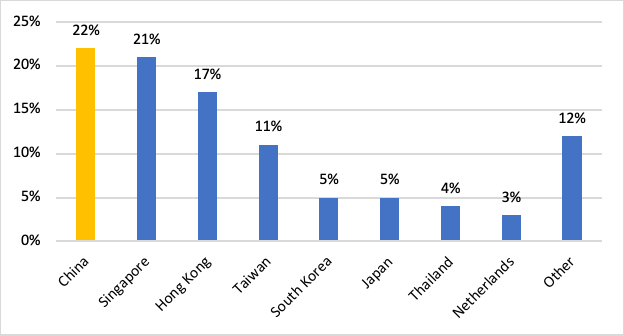 | China reigns as one of Vietnam's largest trading partners and investors Vietnam welcomes significant investment from China across diverse manufacturing segments, including textiles, optics, and telecommunications. |
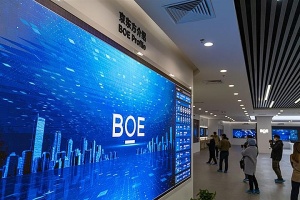 | Chinese display maker BOE expands operations in Vietnam with $300 million investment The China-based display maker Beijing Oriental Electronics Group (BOE) is set to invest $300 million in Vietnam's smart terminal project. |
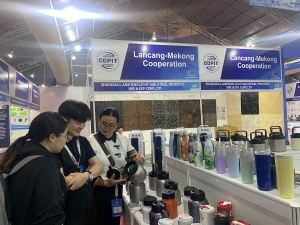 | Chinese companies explore partnership opportunities with Vietnamese counterparts Chinese companies are gearing up to establish connections with Vietnamese businesses at the Economic and Technological Programme for Lancang-Mekong Cooperation. |
What the stars mean:
★ Poor ★ ★ Promising ★★★ Good ★★★★ Very good ★★★★★ Exceptional
Related Contents
Latest News
More News
- Global partnerships key to Vietnam’s IFC development (December 26, 2025 | 16:18)
- Vingroup pulls out of bid to invest in North-South high-speed railway (December 26, 2025 | 11:42)
- Strengthening supply chains through trade promotions and customs reform (December 24, 2025 | 14:00)
- PM orders investment model for North–South high-speed rail (December 22, 2025 | 17:43)
- LS Eco Energy to invest in Vietnam rare earth sector (December 22, 2025 | 17:31)
- Government moves to establish International Financial Centre (December 21, 2025 | 21:00)
- Vietnam's IFC to target global investment flows (December 21, 2025 | 18:00)
- Two national hospitals expand capacity with new facilities (December 20, 2025 | 09:00)
- Ha Tinh breaks ground on major Vingroup industrial and energy projects (December 19, 2025 | 18:24)
- EVN launches major power infrastructure projects nationwide (December 19, 2025 | 18:17)

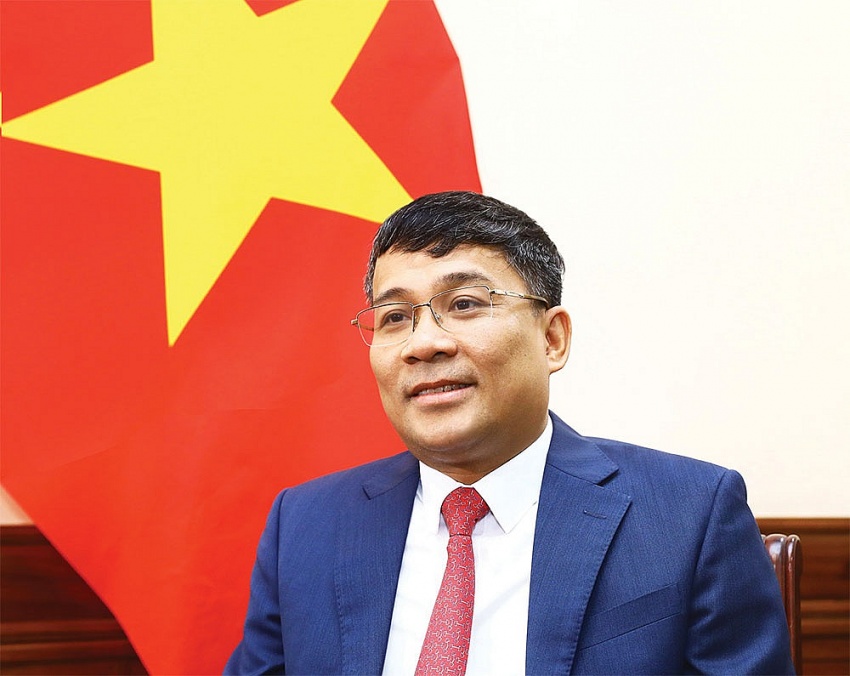
 Tag:
Tag:




















 Mobile Version
Mobile Version